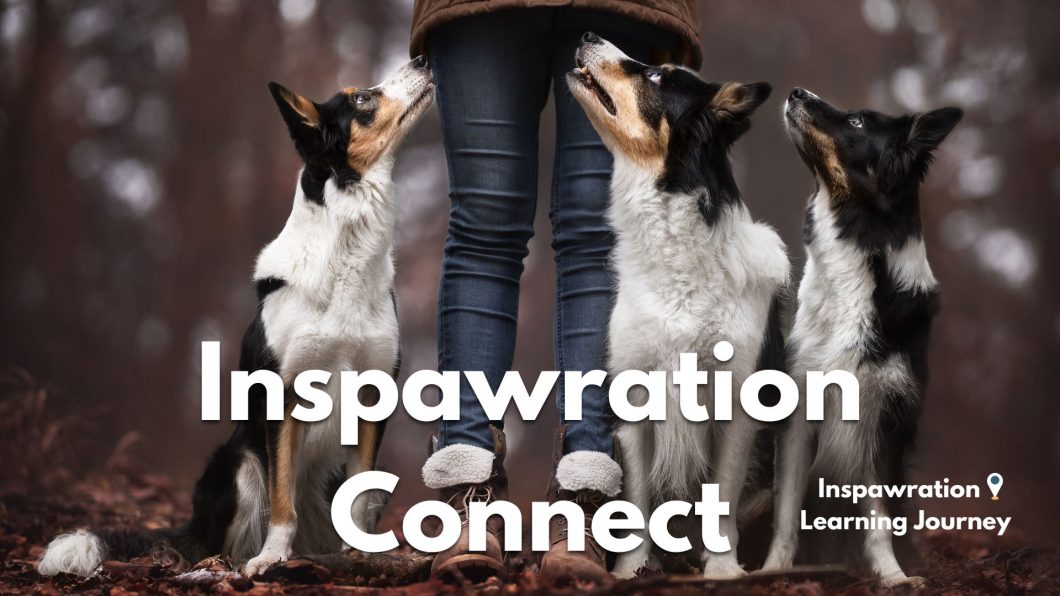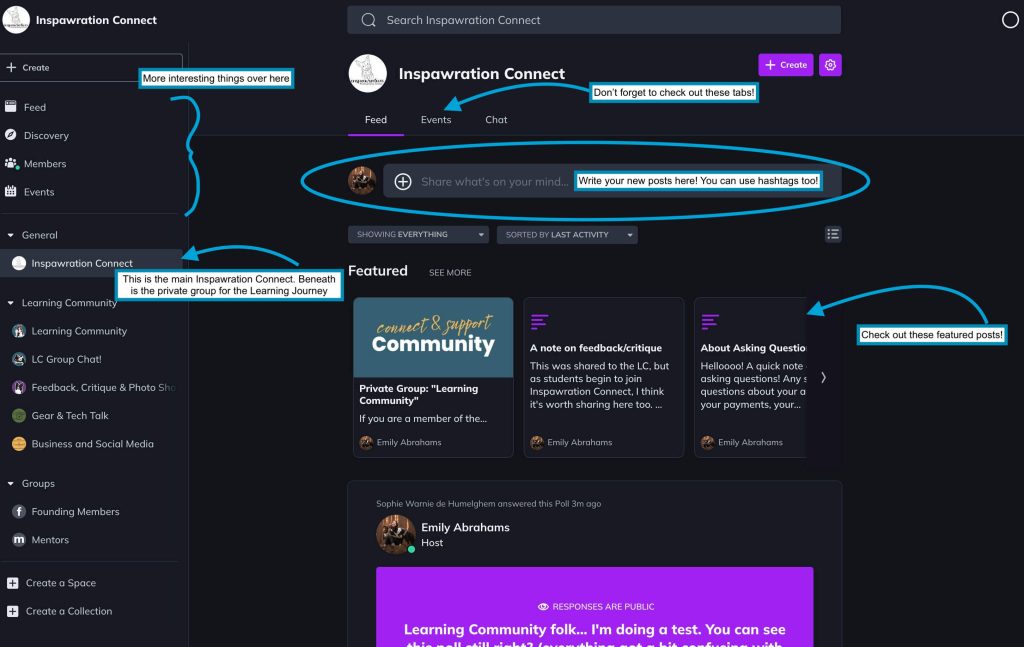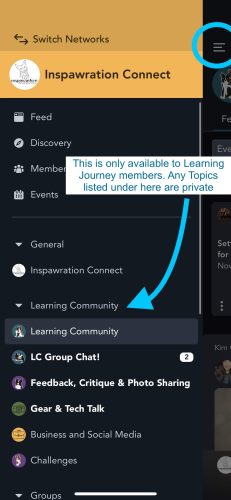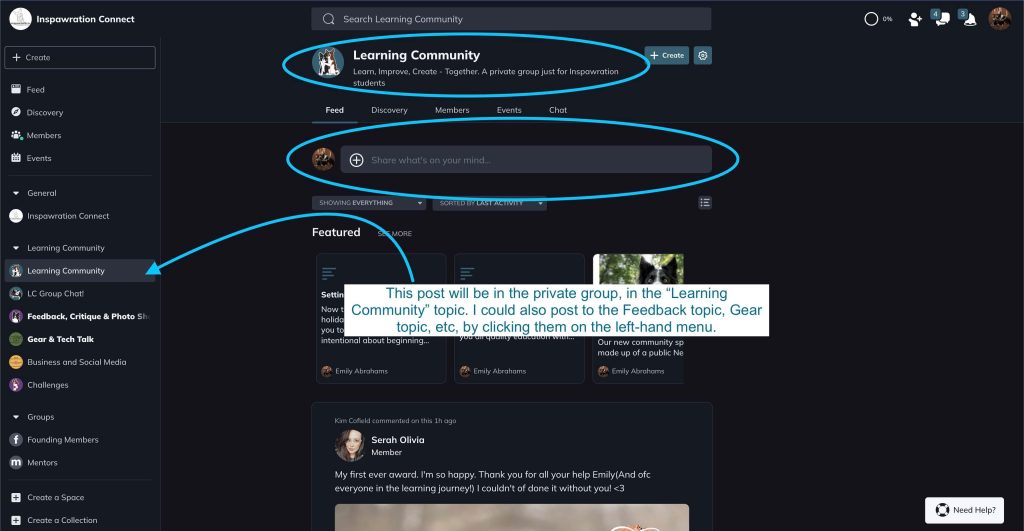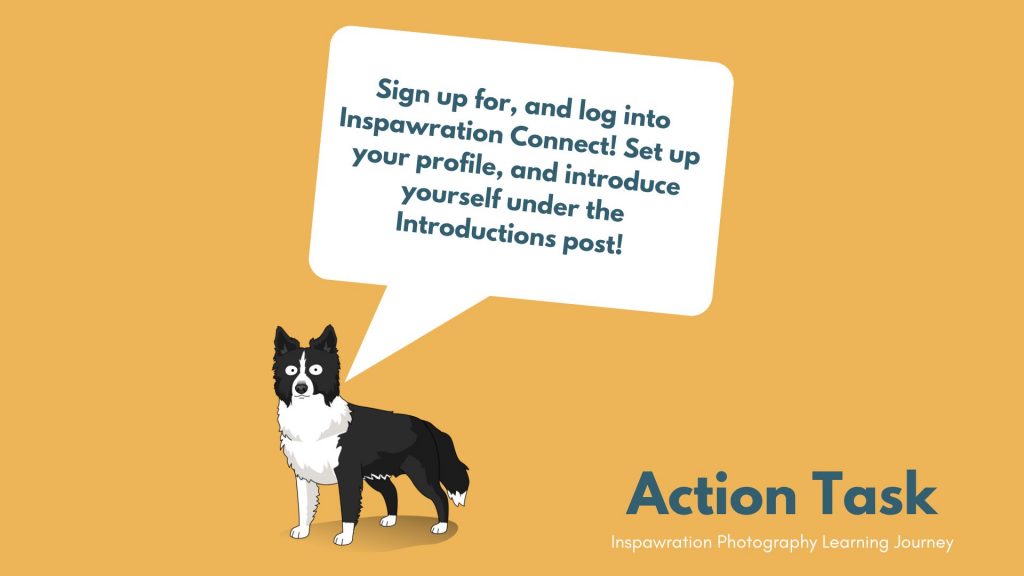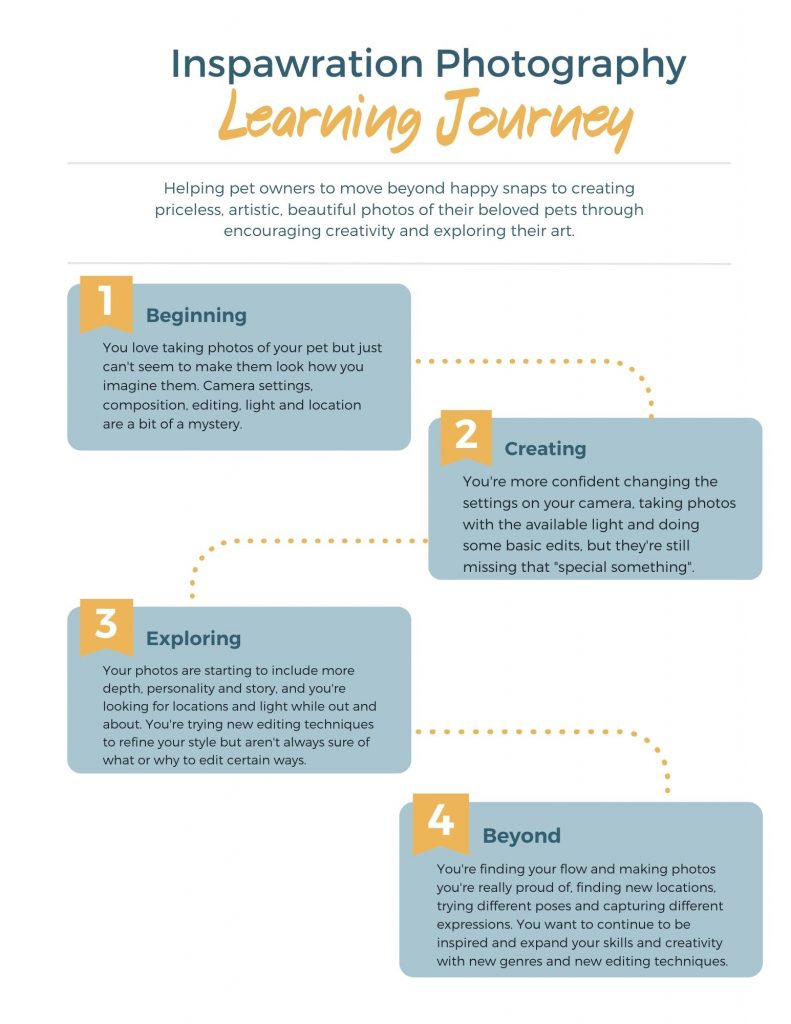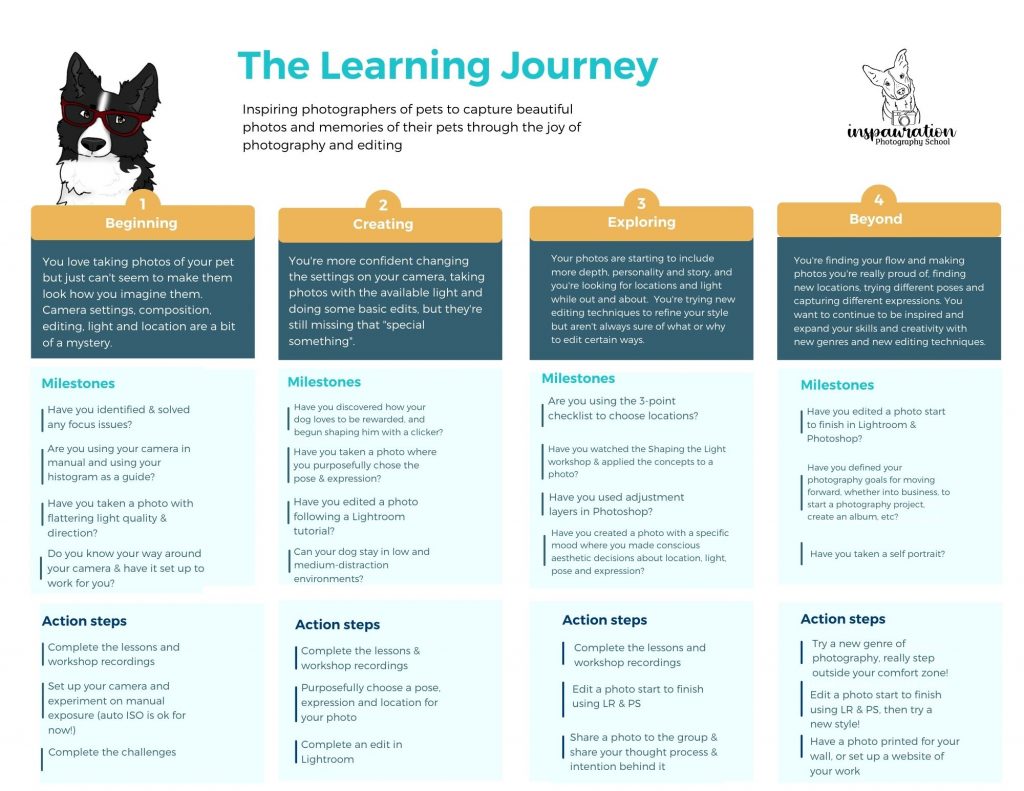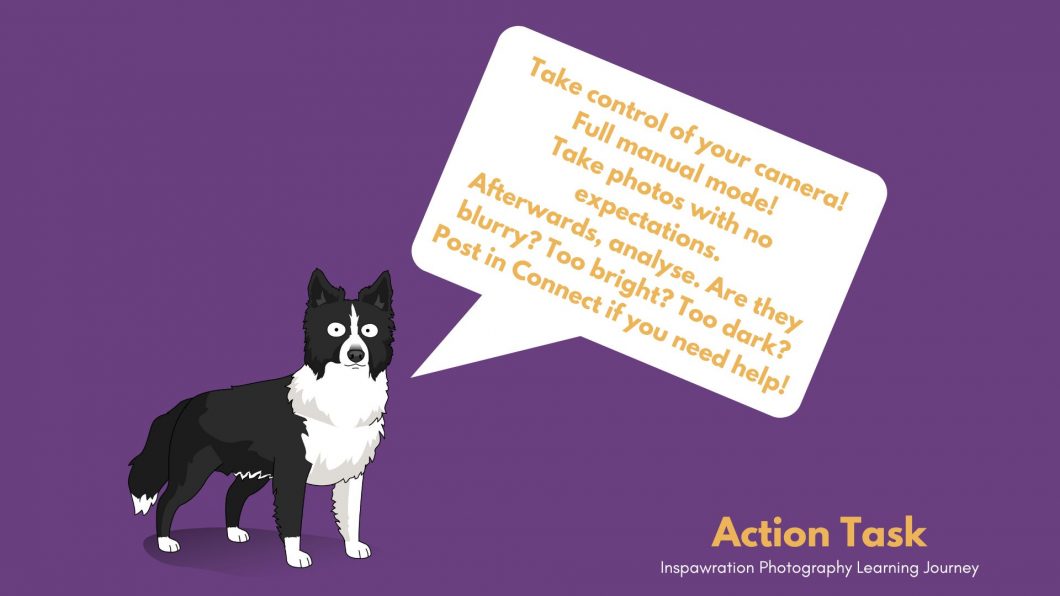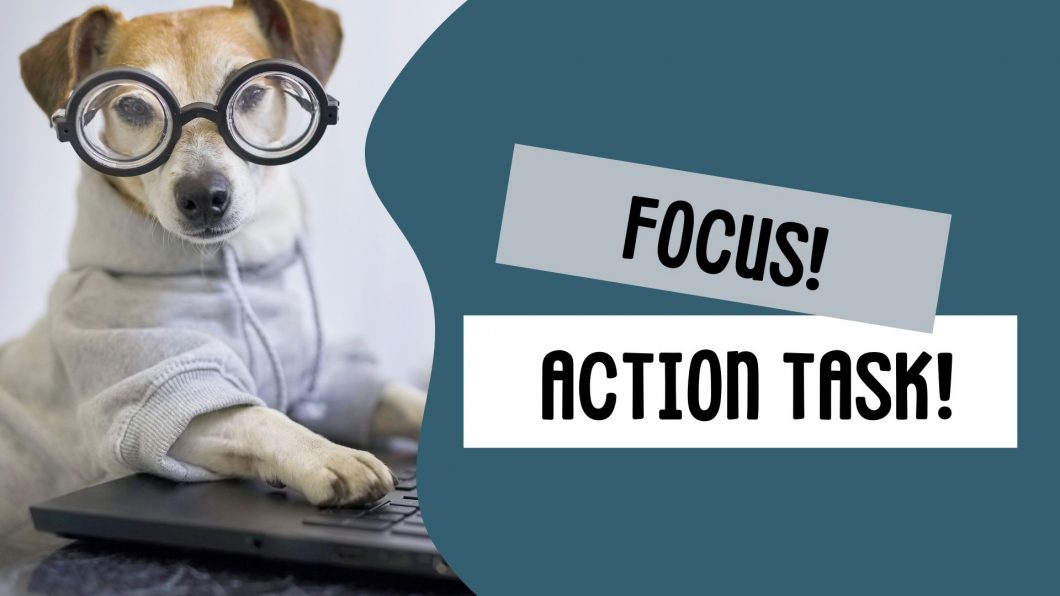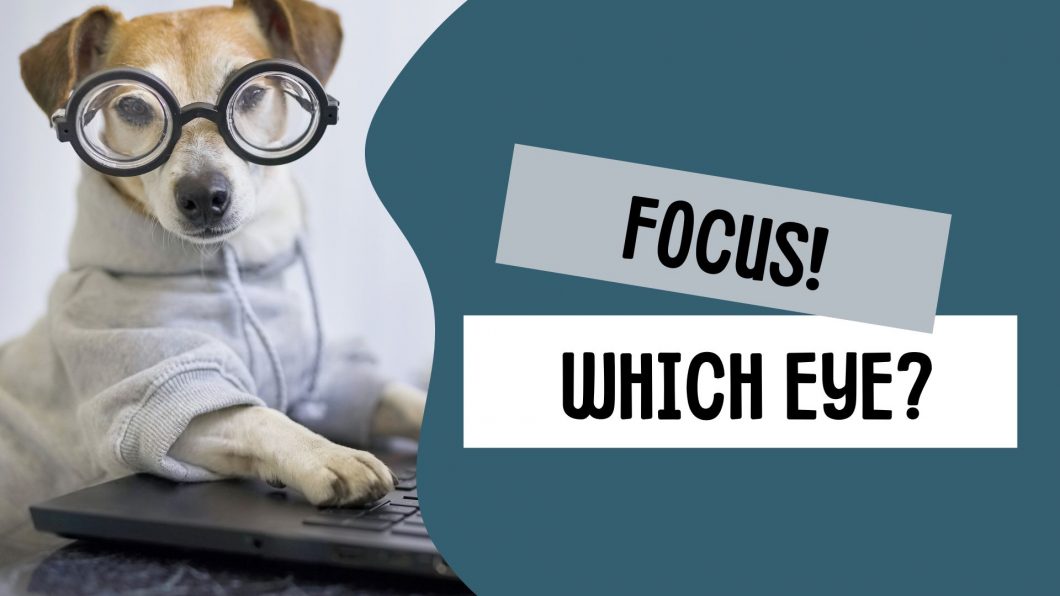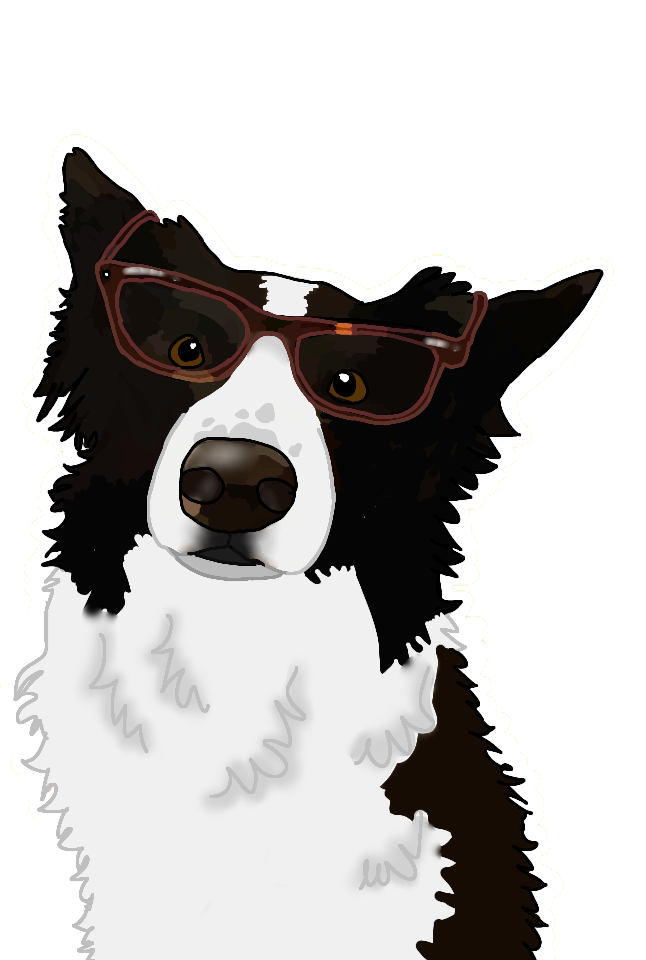Our Community
Our community is a HUGE part of your membership. It’s where you can meet others, ask questions and get feedback, support and critique.
It is a low-pressure, no-stress environment, where we encourage you to give as much as you want to receive. This means commenting on other people’s posts, interacting, and making it the kind of place YOU want to hang out.
How to Access It
The Community can be a bit overwhelming at first, as it’s hosted on a separate network so works a bit differently to this website. Please make sure you read the information on this page and watch the video to get the most out of it.
You will need to create a new account for the Community. The website (here) and the Community are NOT linked, so your Inspawration login will NOT automatically work on Inspawration Connect. I recommend you use the same email and password for Connect that you use here.
A note about updates to the site & the video below
Note: the Community has recently undergone some small cosmetic changes since I made the video below. There is no longer a YELLOW or TEAL header.
The “Groups” tab has also changed.
Any of the links inside the LJ will immediately join you to the private Learning Community.
You will now see the TOPICS listed on the left hand menu/hamburger menu on desktop.
- If you are seeing/posting in the “Learning Community”, “Feedback, Critique & Photoshare,” “Gear Talk,” “Business and Social Media”, etc, then you are posting in the private, Learning-Journey members part of Inspawration Connect.
- If you can ONLY see “Inspawration Connect”, (there’s a bug where this sometimes happens when you first sign up) then click the link below to get access to the private part of the site.
- Due to the update, the navigation MAY NOT match the video below exactly!
I’ll be updating these ASAP but you should still be able to join and find your way to where you need to go!
Check your private messages once you’ve joined! I try and say “Hello!” personally to every single new member (I’m not a bot!) so don’t leave me hanging!
Inspawration Connect
Our community is a HUGE part of being in the Inspawration family. The positivity, support, helpful feedback and celebration is unlike anything you’ll find in any Facebook group.
No matter what stage of your journey you’re in, I highly encourage you to join the community, introduce yourself, and engage with others. After all, they were all once beginners too!
Inspawration Connect, vs. Private Group: Learning Community
Inspawration Connect is made up of two parts, and it’s important to be aware of which “section” you’re posting in.
There’s main network, which is just Inspawration Connect. It USED to be public, but is now for members of Pet Photography Fundamentals, and folks who join my courses, plus old LJ/LC members who joined before I made it private.
Then there’s the Private Group, called the Learning Community. As you guys are my priority, I will give better, more detailed feedback to you, than to anyone who posts in the public Inspawration Connect. And since I don’t always know who is in the membership until we’ve spent some time together, I might not know you’re one of my students UNLESS you post in the Learning Community!
Therefore, it’s really important to post in the Learning Community if:
- you want feedback from me and the other students, for me to demonstrate a technique or edit on your photo, etc
- you want me and the others to answer your questions with detail and point you to resources in the membership
- you don’t want just anyone to see your post
- you want to engage specifically with our special community
You can view ALL posts available to you via the “Feed”.
You will know you’re posting in the main Inspawration Connect part when it says: “Inspawration Connect” along the top.
You will know you’re in the private Learning Community when you’re in any of the topics listed under “Learning Community”
The invite above will take you straight to the Learning Community.
Next time you open the app or website though, if you find yourself in the public Inspawration Connect, you can access the Learning Community & its topics by finding the menu on the left of the screen and opening it (mobile).
Accessing the chat & other features
Take some time to explore the site! There’s plenty of useful and interesting features there and I’m sure they will be adding more.
We have a chat where you’re welcome to message others, or chat informally about anything.
Questions requiring more detailed answers should be posted to the “Questions and Answers” topic.
Please note: Any questions that would be of interest to other students, eg., photography issues, software questions, questions about dogs, camera settings, gear, etc, should all be posted in the relevant topic, and NOT messaged to me privately. It is not fair to other students if I answer general questions privately, as it deprives them of an opportunity to learn, and turns your membership into a one-to-one mentoring situation. Questions about your specific membership, eg., billing, password issues, etc, or general website bugs or glitches can be messaged privately to me.
There are several “Topics” you can post under Think of them like old-school forum topics. So, if you want to just check out photos for feedback or get feedback, you could go to the Feedback & Critique topic. If you have a question about social media or business, you can use the Business and Social media topic. If you’re not sure, just want to post memes, want to share a win or ask a question in general, just post in the “Learning Community”.
You will also find our live events listed in the Events section. You can RSVP to the events here, and get a reminder from MightyNetworks emailed to you before it starts.
Make sure you check out the Featured Posts, have a look at the Welcome Checklist, and then introduce yourself!
Important note
Because Inspawration connect is on a subdomain of inspawrationphotography.com, some browsers get confused with the username/password situation, and will try and use your Learning Journey password to log in to Inspawration Connect.
Therefore, I highly recommend you use the same username/email address and password across both parts of the site, to save yourself a lot of frustration of constantly entering the “wrong password” into Inspawration Connect.

